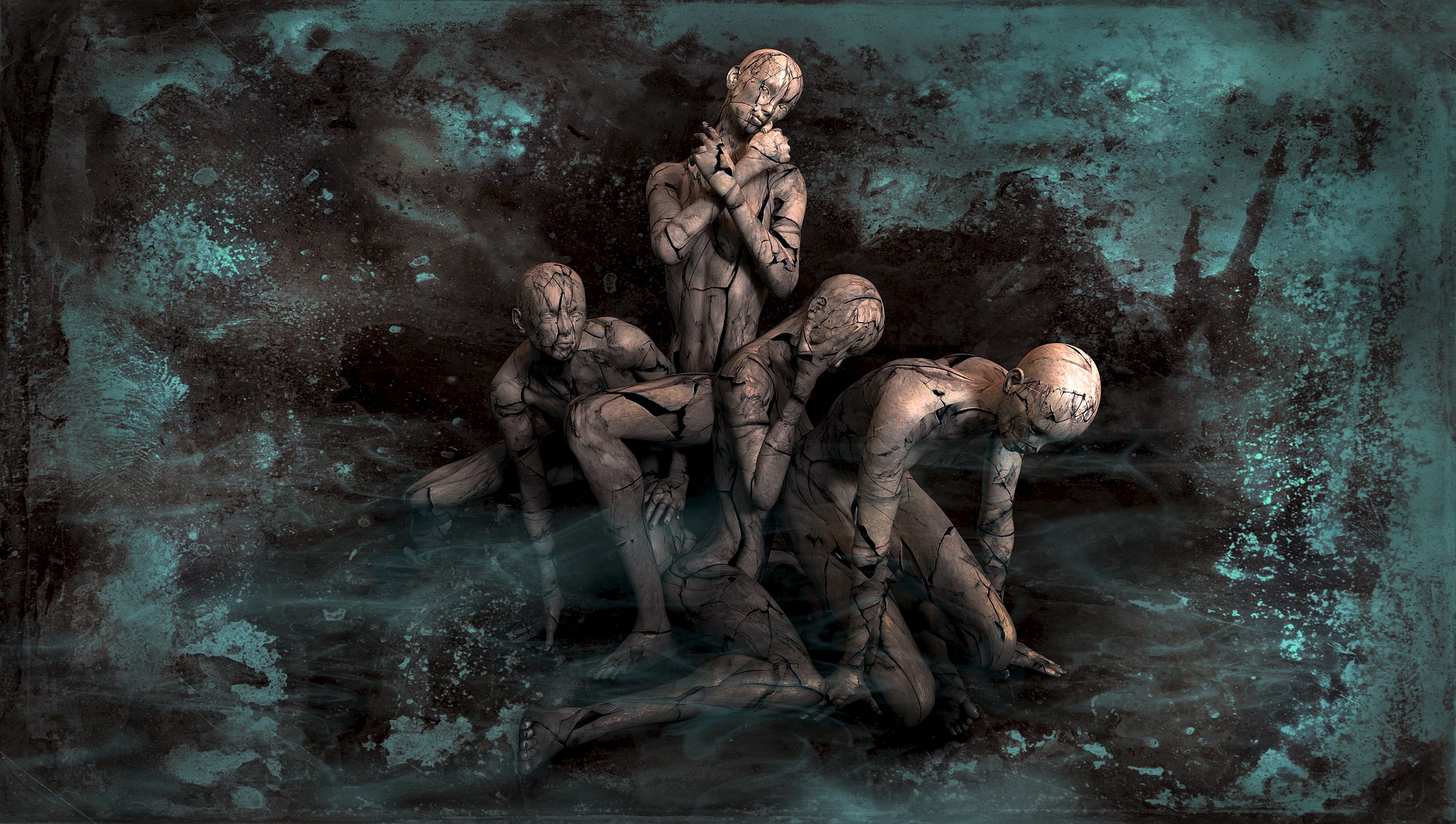 Submitted by Virgo on
Submitted by Virgo on

One of the hallmarks of humanity is the phenomenon of human bondage and attachment. Indeed it is that which has given a meaning to collective existence, consolidated the family, welded friendship, ushered humanism and deepened our emotional repertoire to a level that had never been achieved by a non-human species.
Yet it is the very phenomenon of attachment that has brought endless misery, fostered the bitterest enmity and perpetrated abject jealousy and horrendous revenge. It is no wonder then that the greatest volume of violence against the person occurs among first-degree relatives. Rightly, the proverb exists: ‘Familiarity breeds contempt’.
The masses had their most memorable moments as well as their most poignant miseries in the matrix of attachment. The poets and storytellers had therefore no dearth of subjects and the counsellors, formal and informal, no dearth of clients.
The seekers of spirituality took a different recourse. To avoid the pitfalls of human bondage and attachment, they sought the monastic life, the abbey, the hermitage, the ashram. There were world-shunning hermits who preferred sheer isolation, free from the security of the hermitage, in the loneliness of intractable terrains. The Rishi of the Pole justifies his sojourn with solitude:
“The many’s voices fill the listening ear,
Distract the head:
The One is silence; on the snows we hear
Silence tread (1).”
Centuries after, the post-modernist voice also expressed a poignant concern with attachment, though for a different reason. Any attachment was fatalistic and meaningless as ultimately death was inevitable and the Great Void was the only reality. Foucault extols, “To be attracted is not to be beckoned by the allure of the exterior, rather, it is to suffer — in emptiness and destitution — the presence of the outside and, tied to that presence, the fact that one is irremediably outside the outside. ...The outside cannot offer itself as a positive presence....but only an absence that pulls as far away as possible.... Attraction, the marvellous simplicity of opening, has nothing to offer but the infinite void...One is attracted precisely to the extent that one is neglected (2).”
An alternate movement
If the surface personality as studied by conventional psychology or what is known as the outer being in yoga psychology is considered to be the only poise of personality, then Foucault’s speculation has a relevance worth considering. If what the spiritual tradition holds true that the outer being is false and illusory and only the void exists, then also a contention somewhat similar to Foucault’s idea could hold a truth. The only difference is that while Foucault has to go to the outside of the outsides to access the void, the mystic’s Void is all-inclusive. However if we consider three other principles, the balance can shift:
a. The void need not be a real zero but a phenomenal nothingness as it surpasses any cognitive grasp; yet it is dormant with teeming potentialities;
b. There is not only a movement ‘outside the outside’ but if the inner ranges of the being are developed, a movement to the inside of insides. The crystal doors of these inner planes open up as one surpasses the ego. There are ranges of the being behind the outer being and if developed and activated, allows a journey inwards to seize the now hidden fountainhead of immortality.
c. And one is never neglected if caught hold by the Truth that is as much impersonal as it is personal, for the Grace is a dynamic reality.
It is in the depths and ranges of the inner beings that stand behind the surface personality, where the true meaning of life is concealed. Once accessed, they open up new vistas of consciousness, new perspectives of psychology, new orientation to the meaning of life, new paradigms of health and well-being.
Dr. Soumitra Basu
http://www.namahjournal.com/doc/Actual/Editorial-Vol-25-iss-3.html
References
1. Sri Aurobindo. Complete Works of Sri Aurobindo, Volume 2. Pondicherry: Sri Aurobindo Ashram Trust; 2009, p. 223.
2. Foucault M. Essential Works, Volume 2. London: Penguin; 1994, pp.154-6.
- 528 reads